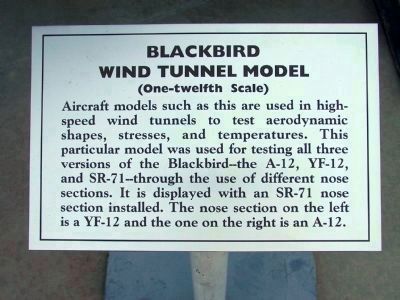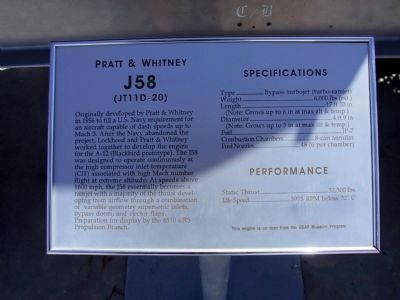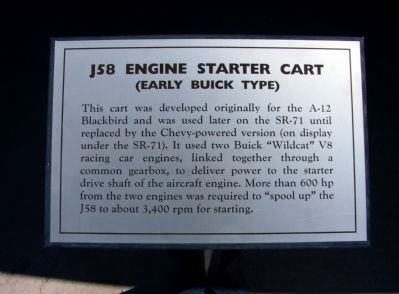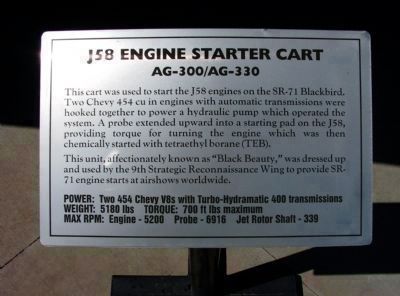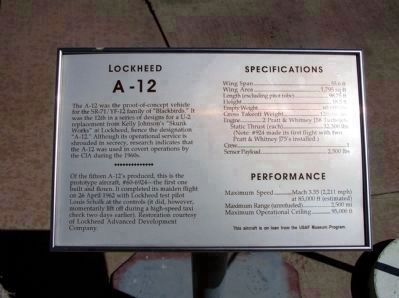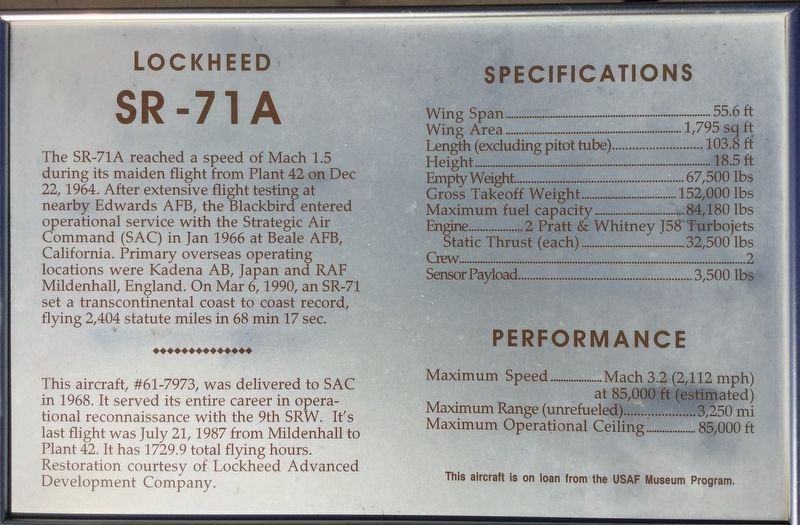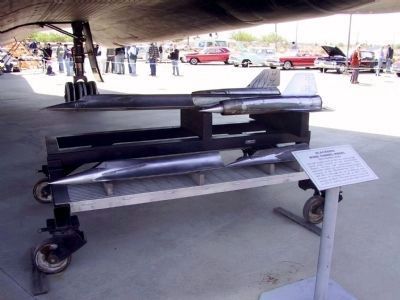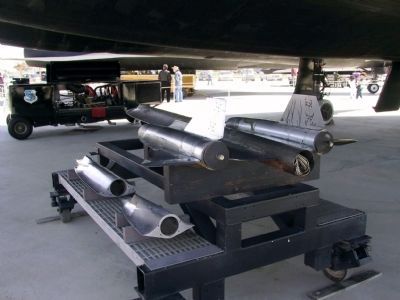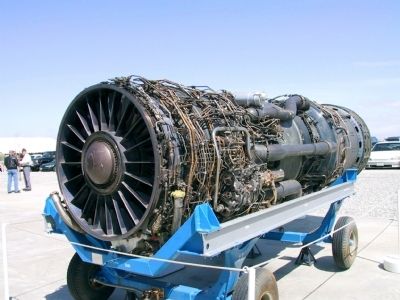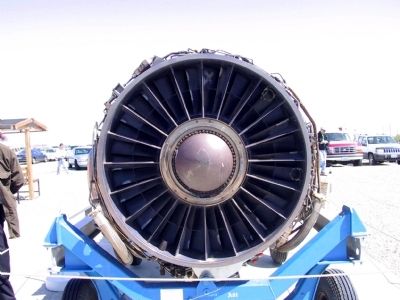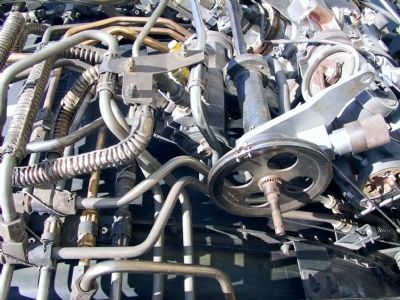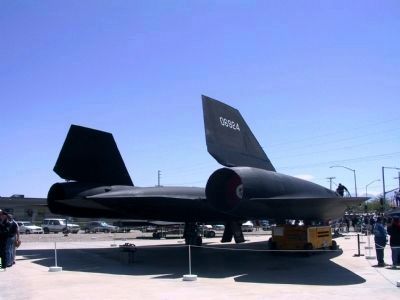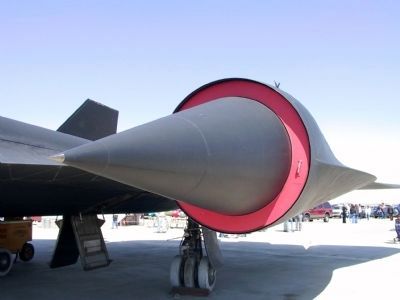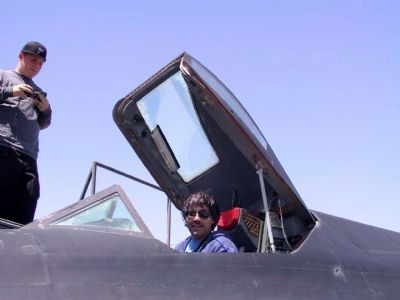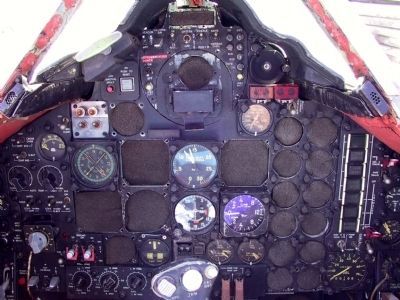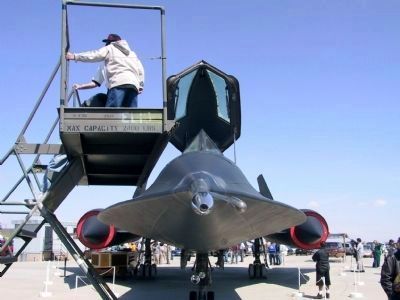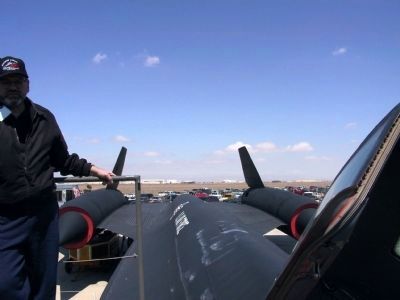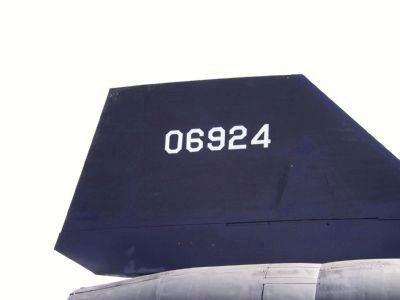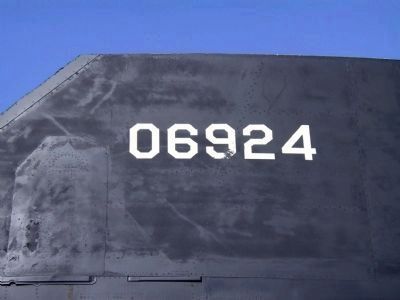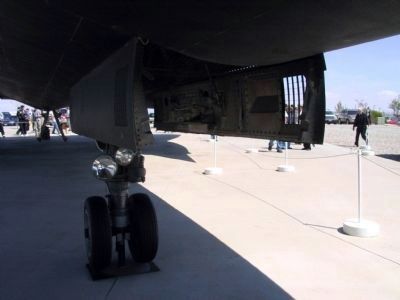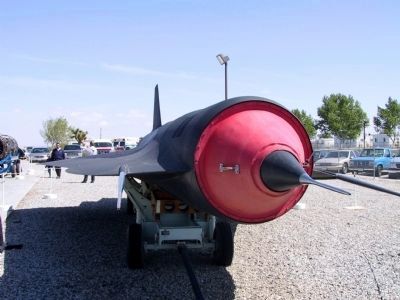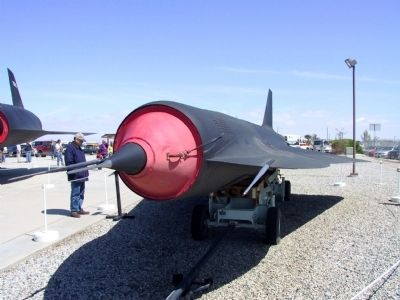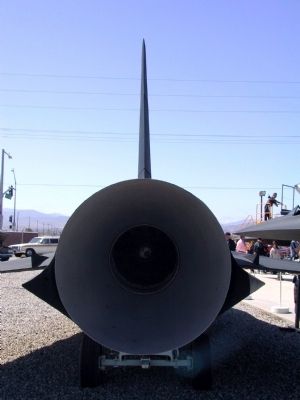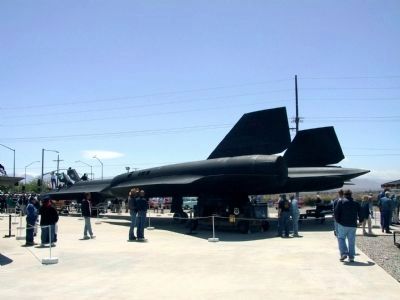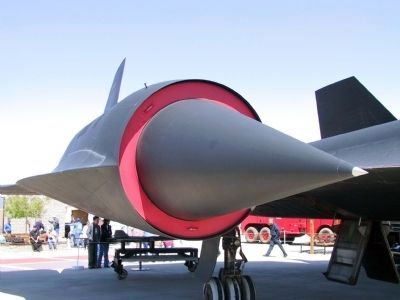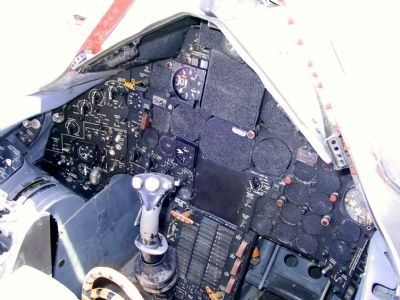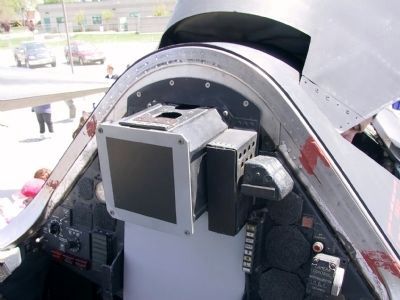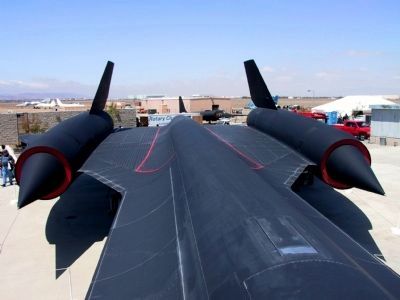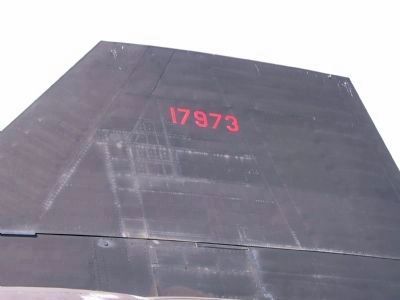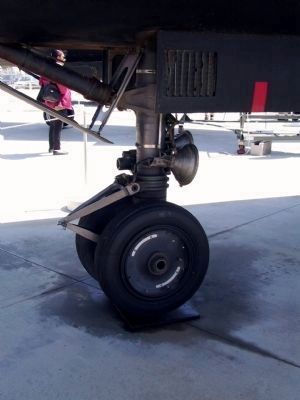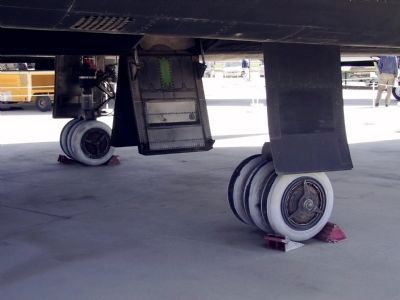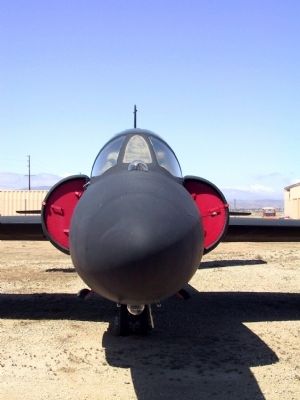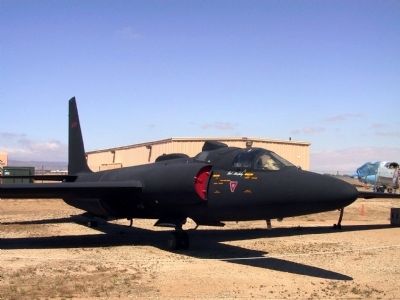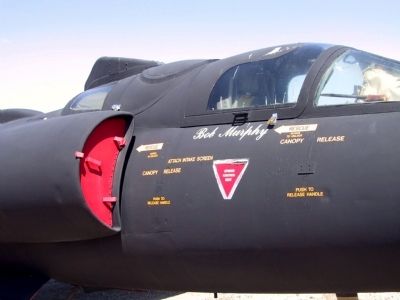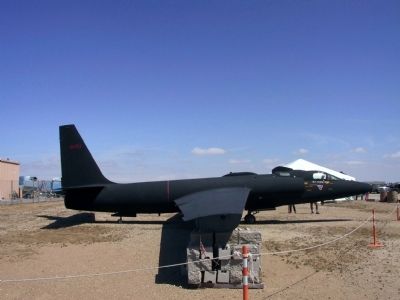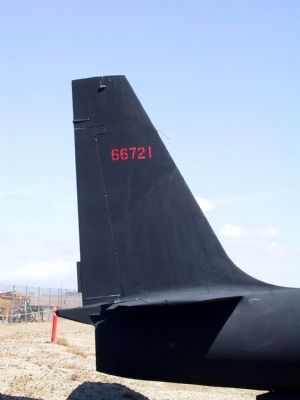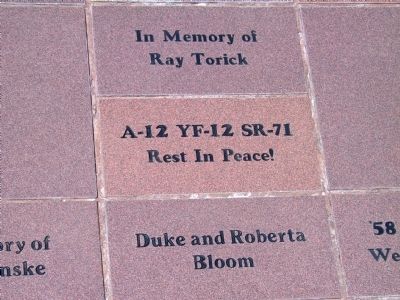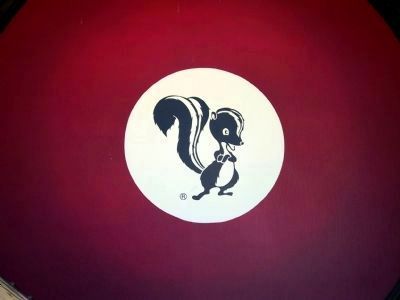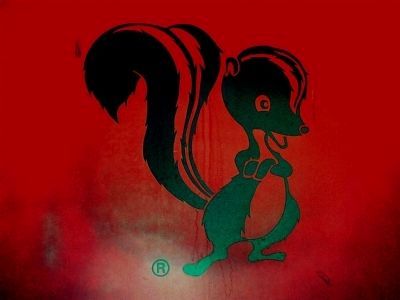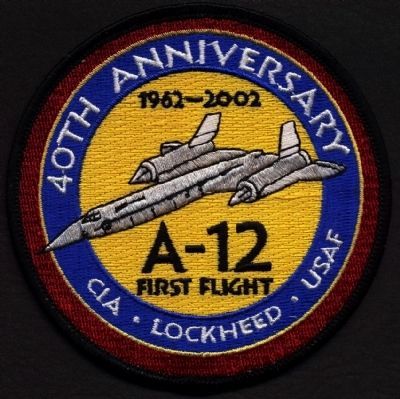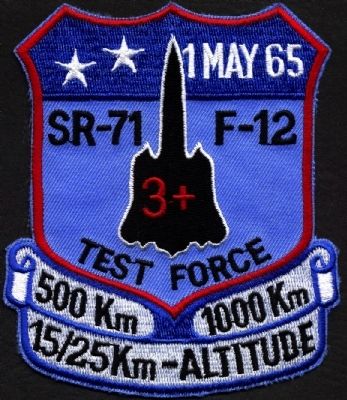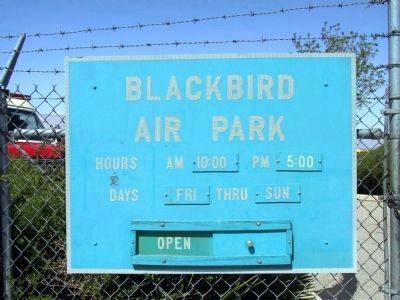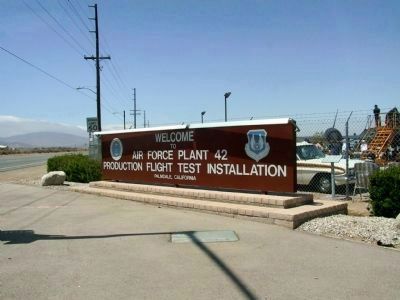Palmdale in Los Angeles County, California — The American West (Pacific Coastal)
Blackbird Air Park
Air Force Plant 42
Inscription.
[Panel #1]
(One-Twelfth Scale)
Aircraft models such as this are used in high-speed wind tunnels to test aerodynamic shapes, stresses, and temperatures. This particular model was used for testing all three versions of the Blackbird--the A-12, YF-12, and SR-71--through the use of different nose sections. It is displayed with an SR-71 nose section installed. The nose section on the left is a YF-12 and the one on the right is an A-12.
[Panel #2]
(JT11D-20)
Originally developed by Pratt & Whitney in 1956 to fill a U.S. Navy requirement for an aircraft capable of dash speeds up to Mach 3. After the Navy abandoned the project, Lockheed and Pratt & Whitney worked together to develop the engine for the A-12 (Blackbird prototype). The J58 was designed to operate continuously at the high compressor inlet temperature (CIT) associated with high Mach number flight at extreme altitude. At speeds above 1600 mph, the J58 essentially becomes a ramjet with a majority of the thrust developing from airflow through a combination of variable geometry supersonic inlets, bypass doors, and ejector flaps. Preparation for display by the 6510 CRS Propulsion Branch.
This engine is on loan from the USAF Museum Program.
[Panel #3]
(Early Buick Type)
This cart was developed originally for the A-12 Blackbird and was used later on the SR-71 until replaced by the Chevy-powered version (on display under the SR-71). it used two Buick "Wildcat" V8 racing car engines, linked together through a common gearbox, to deliver power to the starter drive shaft of the aircraft engine. More than 600 hp from the two engines was required to "spool up" the J58 to about 3,400 rpm for starting.
[Panel #4]
AG-300/AG-330
This cart was used to start the J58 engines on the SR-71 Blackbird. Two Chevy 454 cu in engines with automatic transmissions were hooked together to power a hydraulic pump which operated the system. A probe extended upward into a starting pad on the J58, providing torque for turning the engine which was then chemically started with tetraethyl borane (TEB).
This unit, affectionately known as "Black Beauty," was dressed up and used by the 9th Strategic Reconnaissance Wing to provide SR-71 engine starts at airshows worldwide.
POWER: Two 454 Chevy V8s with Turb-Hydramatic 400 transmissions
WEIGHT: 51800 lbs
TORQUE: 700 ft lbs maximum
MAX RPM: Engine - 5200 Probe - 6916 Jet Rotor Shaft - 339
[Panel #5]
The A-12 was the proof-of-concept vehicle for the SR-71/YF-12 family of "Blackbirds." It was the 12th in a series of designs for a U-2 replacement from Kelly Johnson's "Skunk Works" at Lockheed, hence the designation "A-12." Although its operational service is shrouded in secrecy, research indicates the A-12 was used in covert operations by the CIA during the 1960s.
Of the fifteen A-12's produced, this is the prototype aircraft, #60-6924--the first one built and flown. It completed its maiden flight on 26 April 1962 with Lockheed test pilot Louis Schalk at the controls (it did, however, momentarily lift off during a high-speed taxi check two days earlier). Restoration courtesy of Lockheed Advanced Development Company.
This aircraft is on loan from the USAF Museum Program.
[Panel #6]
The D-21 was an unmanned, ramjet-powered craft designed to be air--launched from atop an A-12 (redesigned M-21) mother ship. It was conceived as a reconnaissance platform that would fly over high-threat targets without endangering a pilot. After acquiring photos of its target, the D-21 would return to a safe area and eject a hatch containing the reconnaissance equipment. As the hatch was lowered by parachute, it would be recovered in mid-air by a JC-130B Hercules.
The project was terminated after a fatal accident on the fourth test launch. Four operational missions were later flown from B-52 launch aircraft. This D-21 is on loan from NASA.
[Panel #7]
The SR-71A reached a speed of Mach 1.5 during the maiden flight from Plant 42 on Dec 22, 1964. After extensive flight testing at nearby Edwards AFB, the Blackbird entered operational service with the Strategic Air Command (SAC) in Jan 1966 at Beale AFB, California. Primary overseas operating locations were Kadena AB, Japan and RAF Mildenhall, England. On Mar 6 1990, and SR-71 set a transcontinental coast-to-coast record, flying 2,404 statute miles in 68 min 17 sec.
This aircraft #61-7973, was delivered to SAC in 1968. it served its entire career in operational reconnaissance with the 9th SRW. It's last flight was July 21, 1987 from Mildenhall to Plant 42. it has 1729.9 total flying hours. Restoration courtesy of Lockheed Advanced Development Company.
This aircraft is on loan from the USAF Museum Program.
Erected by USAF Museum Program.
Topics. This historical marker is listed in these topic lists: Air & Space • War, Cold. A significant historical date for this entry is April 26, 1962.
Location. 34° 36.168′ N, 118° 5.156′ W. Marker is in Palmdale, California, in Los Angeles County. Marker is at the intersection of East Avenue P and 25th Street East, on the right when traveling west on East Avenue P. Open Fri-Sun 11-4. Touch for map. Marker is at or near this postal address: 2503 East Avenue P, Palmdale CA 93550, United States of America. Touch for directions.
Other nearby markers. At least 8 other markers are within walking distance of this marker. F-86 (about 400 feet away, measured in a direct line); B-2 Spirit (about 400 feet away); Stanley P Butchart 1928 - 2008 / C-140 Jetstar (about 400 feet away); James J. Stegman 1920 - 2009 / A-4C Skyhawk (about 400 feet away); A-4AR Cockpit Trainer (about 500 feet away); MK-20 Rockeye Cluster Bomb Unit (about 500 feet away); Wright J65 Turbojet Engine (about 600 feet away); F-101 Voodoo Escort Fighter (about 600 feet away). Touch for a list and map of all markers in Palmdale.
Also see . . .
1. Air Force Flight Test Museum. Blackbird Airpark is part of the museum. (Submitted on June 3, 2023, by Craig Baker of Sylmar, California.)
2. Clarence L. "Kelly" Johnson Lockheed Aviation Legend - A Biography 1910-1990. (Submitted on January 2, 2012, by Michael Kindig of Elk Grove, California.)
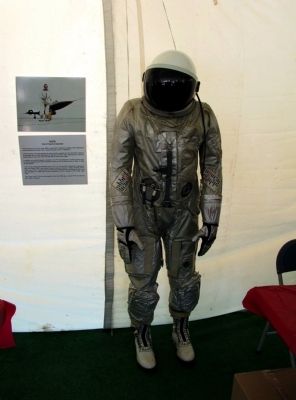
Photographed By Michael Kindig, April 27, 2002
41. S-970 Pilot's Protective Assembly
This full pressure suit is an early 1960s model Pilot's Protective Assembly (PPA) developed and manufactured by David Clark Company for pilots of the A-12 Blackbird.
The full pressure suit was designed to protect aviators agains very low barometric pressure during flights above 50,000 feet altitude for extended periods of time, replacing more restrictive partial pressure suits, which where less desireable for long duration flight.
In addition to providing hyperberic protection, the PPA was designed to protect aircrews from the high temperatures and othe potentially hazardous environments inherent in Mach 3+ flight at high altitudes.
The PPA was developed specifically for the A-12, YP-12A and SR-71 Blackbirds beginning in 1960 with Model S-901, and evolved through numerous improved models, including S-970, S-901J and S1030. A variant model S1030A Ejection Escape Suit incorporating an anti-G suit was developed for NASA space shuttle astronauts for STS-1 through STS-4 Orbital Flight Tests.
The model S1031C PPA was developed in the mid-1960s as a common PPA for both the SR-71 and U-2 aircraft.
The full pressure suit was designed to protect aviators agains very low barometric pressure during flights above 50,000 feet altitude for extended periods of time, replacing more restrictive partial pressure suits, which where less desireable for long duration flight.
In addition to providing hyperberic protection, the PPA was designed to protect aircrews from the high temperatures and othe potentially hazardous environments inherent in Mach 3+ flight at high altitudes.
The PPA was developed specifically for the A-12, YP-12A and SR-71 Blackbirds beginning in 1960 with Model S-901, and evolved through numerous improved models, including S-970, S-901J and S1030. A variant model S1030A Ejection Escape Suit incorporating an anti-G suit was developed for NASA space shuttle astronauts for STS-1 through STS-4 Orbital Flight Tests.
The model S1031C PPA was developed in the mid-1960s as a common PPA for both the SR-71 and U-2 aircraft.
Credits. This page was last revised on June 3, 2023. It was originally submitted on December 31, 2011, by Michael Kindig of Elk Grove, California. This page has been viewed 1,964 times since then and 44 times this year. Last updated on May 10, 2020, by Craig Baker of Sylmar, California. Photos: 1, 2, 3, 4, 5, 6. submitted on December 31, 2011, by Michael Kindig of Elk Grove, California. 7, 8. submitted on March 17, 2018, by Craig Baker of Sylmar, California. 9, 10, 11, 12, 13, 14, 15, 16, 17, 18, 19, 20, 21, 22, 23, 24, 25, 26, 27, 28, 29, 30, 31, 32, 33, 34, 35, 36, 37, 38, 39, 40, 41, 42, 43, 44, 45, 46, 47, 48. submitted on December 31, 2011, by Michael Kindig of Elk Grove, California. • Syd Whittle was the editor who published this page.
